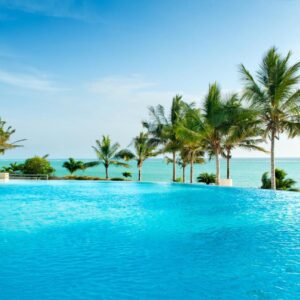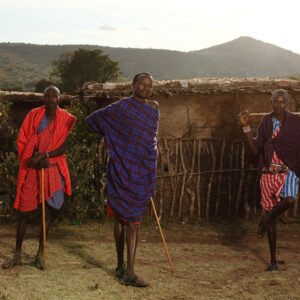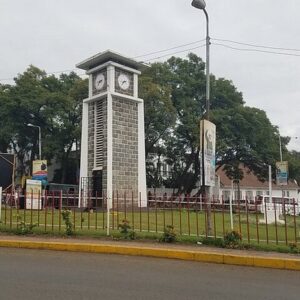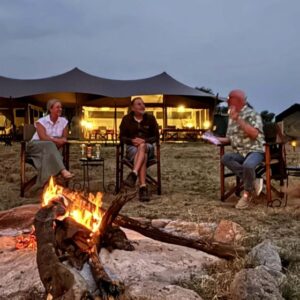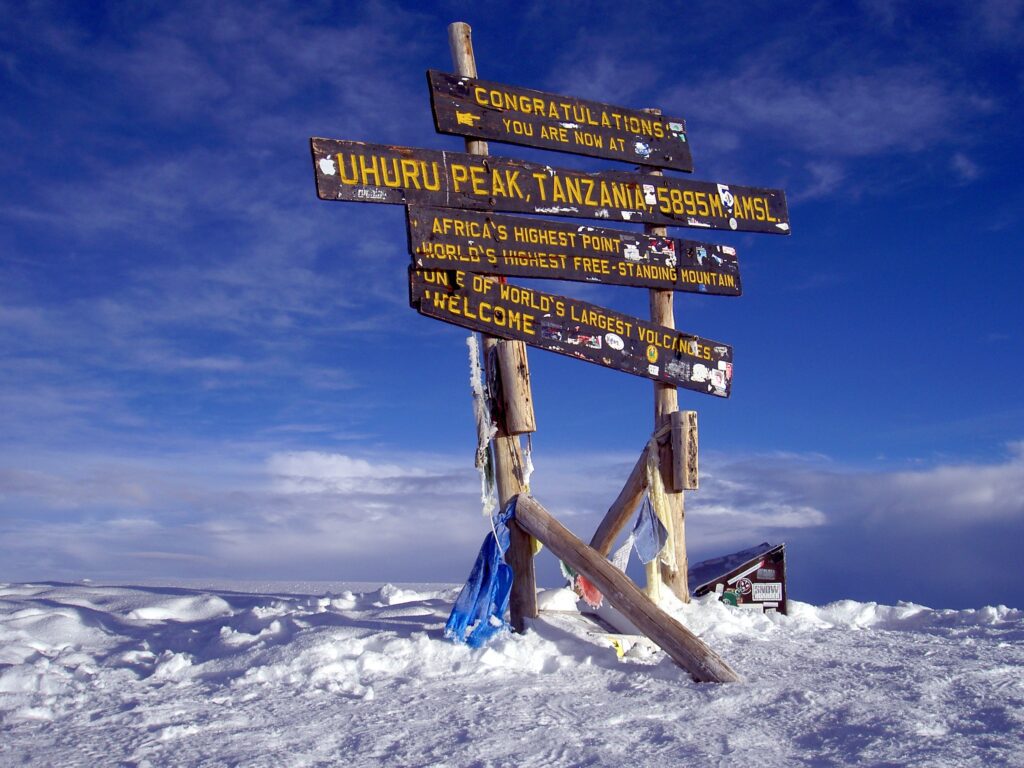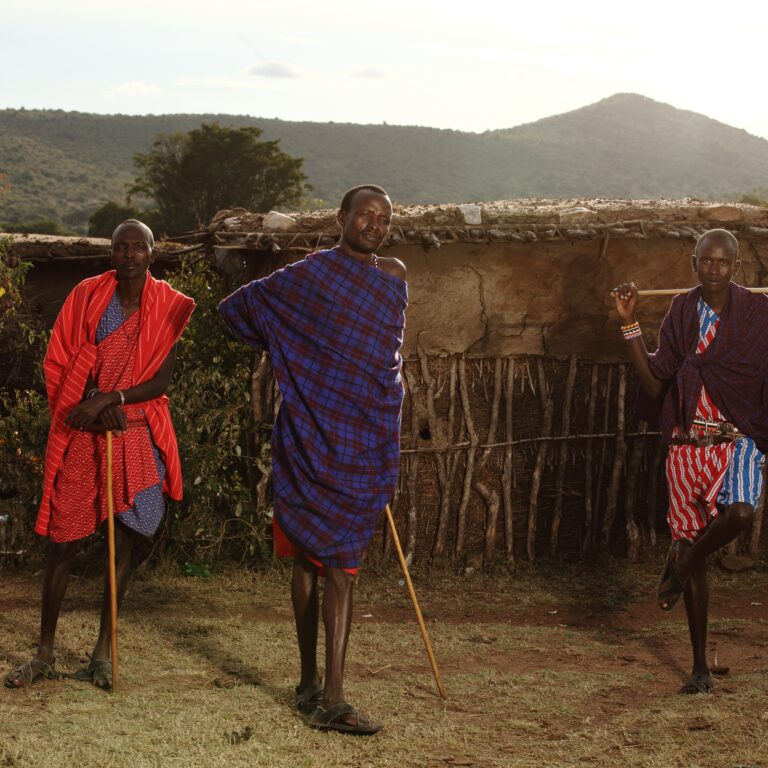Climbing Mount Kilimanjaro is a thrilling adventure for many trekkers. However, with various paths leading to its summit, choosing the right route is crucial to ensure a rewarding Climbing Kilimanjaro – Summit Mount Kilimanjaro experience. Among the most popular routes are the Lemosho and Marangu. The Lemosho route is a newer, longer, and more scenic option for climbing Kilimanjaro, while the Marangu route is the oldest, shortest, and most established, offering dormitory-style accommodation instead of camping. Kilimanjaro Routes the 7 best Routes Up Kilimanjaro – Kilimanjaro offers seven distinct routes to the summit, each with unique characteristics, making it crucial to choose the right one based on your experience and goals. The seven Kilimanjaro Climbing Tours routes are: Marangu, Machame, Lemosho, Rongai, Shira, Northern Circuit, and Umbwe. This article aims to compare these two iconic paths, shedding light on their distances, durations, accommodations, scenery, difficulty, and other essential aspects. Check out this Climbing Kilimanjaro Routes – Which is the Best Route?
Marangu vs Lemosho route distance
When considering the distance, the Lemosho Route is longer compared to the Marangu Route. The Lemosho Route spans approximately 70 kilometers (about 43 miles), while the Marangu Route covers around 64 kilometers (about 40 miles). The extra distance on the Lemosho Route allows trekkers to experience varying terrains and breathtaking landscapes, making it a more diverse trek.
Lemosho vs Marangu Route Duration
In terms of duration, the Marangu Route is typically completed in 5 to 6 days. It is known for its straightforward climb and can be done relatively quickly. Meanwhile, the Lemosho Route usually takes around 7 to 8 days. Although the Lemosho Route is longer, the additional time spent on the mountain grants climbers a better acclimatization experience, which can be crucial for reaching the summit successfully.
Marangu vs Lemosho route Accommodation
Accommodation on the Marangu Route is largely comprised of huts, providing a more sheltered experience compared to camping. The huts are basic yet comfortable, allowing climbers to avoid the rigors of setting up camp each day. Conversely, the Lemosho Route features tented camping throughout the expedition. Campsites offer a more immersive natural experience, allowing trekkers to connect with the outdoors, although the setup may be less comfortable than hut accommodations.
Marangu vs lemosho route map
The route maps for both paths highlight their distinct features. The Lemosho Route starts on the western side of the mountain and meanders through lush forests, gradually leading to alpine deserts and finally the summit. The Marangu Route, on the other hand, takes a more direct approach, ascending through the rainforest and then onto the moorland and alpine desert. Maps indicate various campsites, elevation gain, and scenery, illustrating each route’s unique journey.
Marangu vs Lemosho route Ascend/Descend
Both routes feature differing ascend and descend strategies. The Marangu Route employs a “pole, pole” approach, meaning “slowly, slowly” in Swahili, which allows for gradual acclimatization. This helps reduce the risk of altitude sickness. The Lemosho Route also adopts similar practices, and with the longer duration, it enhances acclimatization steeply. The Lemosho Route’s approach tends to favor varied ascents and descents, providing trekkers with diverse views.
Marangu vs Lemosho route Scenery
For scenic beauty, the Lemosho Route is often favored. Trekking through the lush rainforest, it gradually transitions to stunning landscapes filled with unique flora and fauna. The panoramic views from various points along the route provide a photographer’s paradise. In comparison, while the Marangu Route also offers beautiful vistas, it is often viewed as less varied due to its straightforward trail. The Machame route probably has a slight edge on the scenery in large part because the route up and down is different (starting at the Machame Gate and ending at the Mweka Gate) while the Marangu retraces the same route in both directions.
Marangu vs Lemosho Route Acclimatization
Acclimatization is vital for any Kilimanjaro trek. The Lemosho Route’s longer duration and gradual ascent help climbers acclimatize effectively, yielding a higher success rate. The Marangu Route, with its shorter duration, poses a risk of altitude sickness for some climbers, although many still reach the summit.
Marangu vs Lemosho Route Success Rate
Statistics reveal a higher success rate for those who choose the Lemosho Route, primarily due to its extended acclimatization period. Trekkers on the Lemosho often achieve the summit at an impressive rate compared to the Marangu Route, which, though popular, can leave climbers feeling rushed and potentially unprepared for the altitude.
Marangu vs Lemosho route Crowds
In terms of crowds, the Marangu Route tends to see more trekkers due to its reputation and hut accommodations, making it busier, especially during peak seasons. Lemosho vs. Marangu Route Conversely, the Lemosho Route, being less traveled, often offers a more serene experience, allowing trekkers to fully absorb the majestic surroundings without the hustle and bustle.
Marangu vs Lemosho route difficulty
Both routes present their challenges, but the Marangu Route typically seen as less difficult due to its well-defined paths and hut accommodations. The Lemosho Route, while offering more scenic views, demands more physical endurance and mental resilience, especially with its extended camping experience. The varied terrain and longer distance can increase its overall difficulty.
Lemosho vs Marangu Route vs Machame Routes
When choosing a route to climb Mount Kilimanjaro, the Lemosho, Marangu, and Machame routes each offer unique experiences. The Lemosho Route known for its stunning landscapes and diverse ecology, with a longer duration allowing for better acclimatization. The Marangu Route, often referred as “Coca-Cola Route,” provides hut accommodations favored for its ease but can be crowded. The Machame Route, or “Whiskey Route,” is more challenging, featuring breathtaking views and varied terrain, ideal for those seeking adventure.
Why choose the newer Lemosho Route?
The Lemosho Route offers a stunning and diverse trekking experience on Mount Kilimanjaro. This newer route celebrated for its breathtaking scenery. Varying vegetation, and less crowded paths, allow trekkers to fully immerse themselves in nature. With longer acclimatization days, the Lemosho Route enhances altitude adjustment, increasing summit success rates. The panoramic views from the summit are unparalleled, making this route not just a climb. But an unforgettable adventure through lush rainforests, moorlands, and alpine desert landscapes.
Why should you choose the Older Marangu Route?
The Older Marangu Route is perfect for trekkers seeking a blend of comfort and adventure. Renowned for its charming huts. This route offers a unique opportunity to experience the stunning landscapes of Kilimanjaro while enjoying cozy accommodations. With its gradual ascent, the Older Marangu Route is more accessible for climbers, reducing the risk of altitude sickness. The lush rainforest, diverse wildlife, and breathtaking views make this path not just a trek, but a memorable journey into nature’s wonders.
So which is the better Route, Marangu or Lemosho?
Choosing between the Marangu and Lemosho routes for climbing Kilimanjaro depends on your preferences. The Marangu route, known as the “Coca-Cola route,” is popular for its hut accommodations and relatively shorter trek, making it accessible for beginners. In contrast, Lemosho offers stunning scenery and a more gradual ascent, enhancing acclimatization. The latter also allows for a more immersive wilderness experience. Ultimately, if you seek convenience, Marangu is ideal; for adventure and vistas, Lemosho wins.
What is the difference between the Kilimanjaro Machame and Lemosho route?
The Machame route is suitable for experienced climbers looking for a more direct and challenging route, while the Lemosho route is ideal for first-time climbers or those looking for a more gradual and scenic climb.
Marangu vs Lemosho route during rainy season (Late April-Early May)
During the late April to early May rainy season, the Marangu and Lemosho routes to Kilimanjaro present distinct experiences. The Marangu route, often dubbed the “Coca-Cola” route, offers hut accommodations, making it a more comfortable trek despite the downpours. In contrast, the Lemosho route, with its remote trails and stunning vistas, becomes a muddy challenge, rewarding trekkers with breathtaking landscapes. Both routes showcase the mountain’s beauty, but Lemosho’s ruggedness adds an adventurous twist amid the lush, green surroundings.
Marangu vs Lemosho route during dry season (June – October)
When hiking Mount Kilimanjaro during the dry season (June to October), the Marangu and Lemosho routes offer unique experiences. Marangu, known as the “Coca-Cola” route, provides cabin accommodation favored for its ease and shorter duration. In contrast, Lemosho boasts stunning scenery, varied landscapes, and a sense of tranquility. Travelers on Lemosho typically enjoy more time for acclimatization and breathtaking views, making it a preferred choice for those seeking a more immersive adventure.
Marangu vs Lemosho route Kilimanjaro Packing List
When preparing for Kilimanjaro, a well-thought-out packing list is essential, especially for the Marangu and Lemosho routes. The Marangu route, being more straightforward, requires lighter gear compared to the Lemosho, which involves more camping and varied terrain. Essentials include a good-quality sleeping bag, waterproof jacket, sturdy hiking boots, warm layers, and a decent daypack. Don’t forget hydration systems, sunscreen, and a first aid kit—vital for both routes, but especially for the longer, more challenging Lemosho trek.y
How difficult is the Lemosho route?
The Lemosho route is considered one of the easiest routes on Kilimanjaro as it’s longer itinerary allows for better acclimatization. However, hikers will still need to ascend the Barranco Wall and climb steeply on summit night. No technical climbing is required but a good level of fitness is highly recommended.
How hard is the Marangu route?
The Marangu route is considered a hard route due of its short duration. Though the elevation gain is gradual and not strenuous, the short time spent on the mountain means climbers may have a difficult time acclimatizing.
Best Kilimanjaro route for beginners?
For a beginner climbing Kilimanjaro, the Lemosho Route is often recommended due to its gradual ascent, excellent acclimatization opportunities, and scenic views. Other options include the Marangu Route (also known as the “Coca-Cola” route) for its comfort and accessibility, or the Machame Route (also known as the “Whiskey Route”) for its shorter climb and good acclimatization.
Final thought
Choosing between the Lemosho and Marangu routes is ultimately a matter of personal preference. The Marangu Route offers a quicker, more structured climb with basic accommodations, perfect for those pressed for time. In contrast, the Lemosho Route provides a richer scenic experience, extended duration for acclimatization, and a greater chance of success, making it ideal for those seeking the ultimate Kilimanjaro adventure. Understanding their unique attributes empowers climbers to make the right decision for their unforgettable trek to the roof of Africa.

